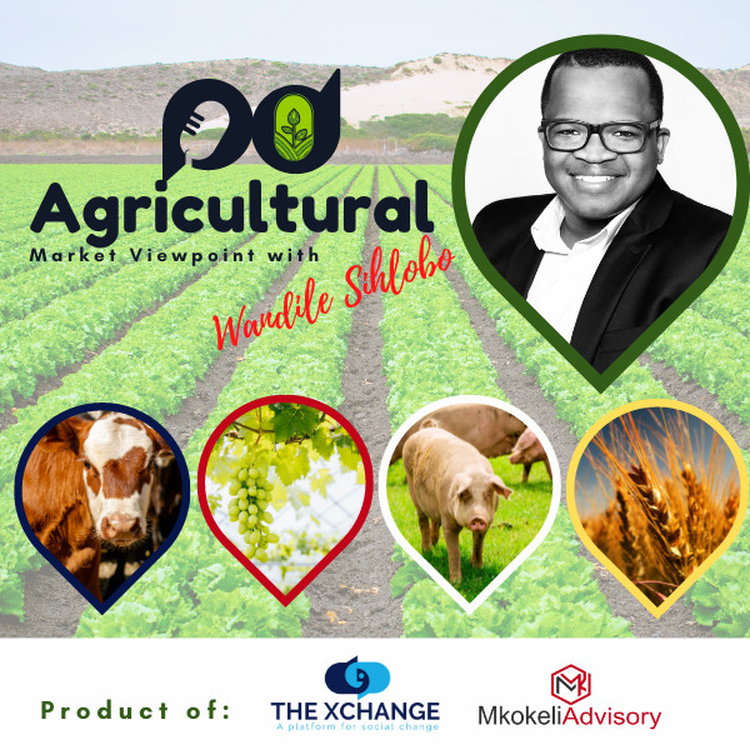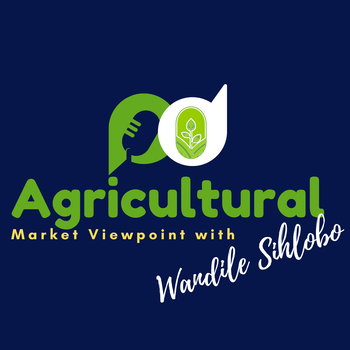
SA agriculture records a decent trade surplus in Q1,2023
Loading player...
South Africa's agricultural sector had a rough start to the year regarding production and exports. The excessive rains brought production challenges that delayed the summer crop planting activity by roughly a month but later improved.
Regarding exports, the slowing agricultural commodity prices reduced profitability from the levels farmers enjoyed a year ago, specifically grains and oilseeds. Moreover, some logistical challenges persisted in Cape Town port and thus negatively affecting the table grapes and various horticultural products exports. Still, this was not as harsh as in the previous years. The cooperation between organized agriculture groups and Transnet has helped improve agricultural export efficiencies somewhat. With that said, there is still room for improvement, which is essential for all the ports as South Africa has an export-oriented agricultural sector.
Against this backdrop, South Africa's agricultural exports fell by 2% y/y in the first quarter of 2023 to US$2,9 billion. However, when viewed quarterly, the exports are up 5% from the last quarter of 2022. The top exportable products were grapes, maize, apples and pears, wine, wool, apricots and peaches, sugar, fruit juices, and soybeans, amongst other products. We expect some of these products to continue dominating the export list, with the additions being citrus, where harvest and export activity is underway. While the start of the year was rough with excessive rains, improving weather conditions from the end of January supported agricultural activity.
From a destination point of view, the African continent remained the largest market for South Africa's agricultural exports in the first quarter of this year, accounting for 39% in value terms. The European Union was South Africa's second-largest market, accounting for 23% of all agricultural exports. Asia and the Middle East combined accounted for 21%. The Americas region accounted for 8% of South Africa's agricultural exports. The United Kingdom is one of the most important agricultural markets for South Africa and accounted for 7% of overall exports in the first quarter. The balance of 2% value constitutes other regions of the world.
South Africa's trade approach is not one-sided, perusing only exports. The country imports a significant amount of agricultural products. And thus, in the first quarter of 2023, South Africa's agricultural imports amounted to US$1,7 billion, down 9% y/y (but up 4% quarter-on-quarter). The imported products are primarily wheat, rice, palm oil, sunflower, and poultry. Because of unfavourable climatic conditions, rice and palm oil cannot be sustainably produced in South Africa. The annual decline in the import bill is mainly because of the relatively lower agricultural commodity prices compared to a year ago. We believe rice, wheat, and palm oil will continue leading the annual agricultural import product list.
Ultimately, South Africa recorded an agricultural trade surplus of US$1,20 billion in the first quarter of 2023, up 9% from last year's corresponding period. The widening trade surplus is mainly a result of a notable decline in import value, not necessarily a growth in exports, as the figures above illustrate.
We discuss more in this week's podcast segment.
My writing on agricultural economic matters is available on my blog: https://wandilesihlobo.com/
Podcast production by: Lwandiso Gwarubana, Richard Humphries, and Sam Mkokeli
Regarding exports, the slowing agricultural commodity prices reduced profitability from the levels farmers enjoyed a year ago, specifically grains and oilseeds. Moreover, some logistical challenges persisted in Cape Town port and thus negatively affecting the table grapes and various horticultural products exports. Still, this was not as harsh as in the previous years. The cooperation between organized agriculture groups and Transnet has helped improve agricultural export efficiencies somewhat. With that said, there is still room for improvement, which is essential for all the ports as South Africa has an export-oriented agricultural sector.
Against this backdrop, South Africa's agricultural exports fell by 2% y/y in the first quarter of 2023 to US$2,9 billion. However, when viewed quarterly, the exports are up 5% from the last quarter of 2022. The top exportable products were grapes, maize, apples and pears, wine, wool, apricots and peaches, sugar, fruit juices, and soybeans, amongst other products. We expect some of these products to continue dominating the export list, with the additions being citrus, where harvest and export activity is underway. While the start of the year was rough with excessive rains, improving weather conditions from the end of January supported agricultural activity.
From a destination point of view, the African continent remained the largest market for South Africa's agricultural exports in the first quarter of this year, accounting for 39% in value terms. The European Union was South Africa's second-largest market, accounting for 23% of all agricultural exports. Asia and the Middle East combined accounted for 21%. The Americas region accounted for 8% of South Africa's agricultural exports. The United Kingdom is one of the most important agricultural markets for South Africa and accounted for 7% of overall exports in the first quarter. The balance of 2% value constitutes other regions of the world.
South Africa's trade approach is not one-sided, perusing only exports. The country imports a significant amount of agricultural products. And thus, in the first quarter of 2023, South Africa's agricultural imports amounted to US$1,7 billion, down 9% y/y (but up 4% quarter-on-quarter). The imported products are primarily wheat, rice, palm oil, sunflower, and poultry. Because of unfavourable climatic conditions, rice and palm oil cannot be sustainably produced in South Africa. The annual decline in the import bill is mainly because of the relatively lower agricultural commodity prices compared to a year ago. We believe rice, wheat, and palm oil will continue leading the annual agricultural import product list.
Ultimately, South Africa recorded an agricultural trade surplus of US$1,20 billion in the first quarter of 2023, up 9% from last year's corresponding period. The widening trade surplus is mainly a result of a notable decline in import value, not necessarily a growth in exports, as the figures above illustrate.
We discuss more in this week's podcast segment.
My writing on agricultural economic matters is available on my blog: https://wandilesihlobo.com/
Podcast production by: Lwandiso Gwarubana, Richard Humphries, and Sam Mkokeli

